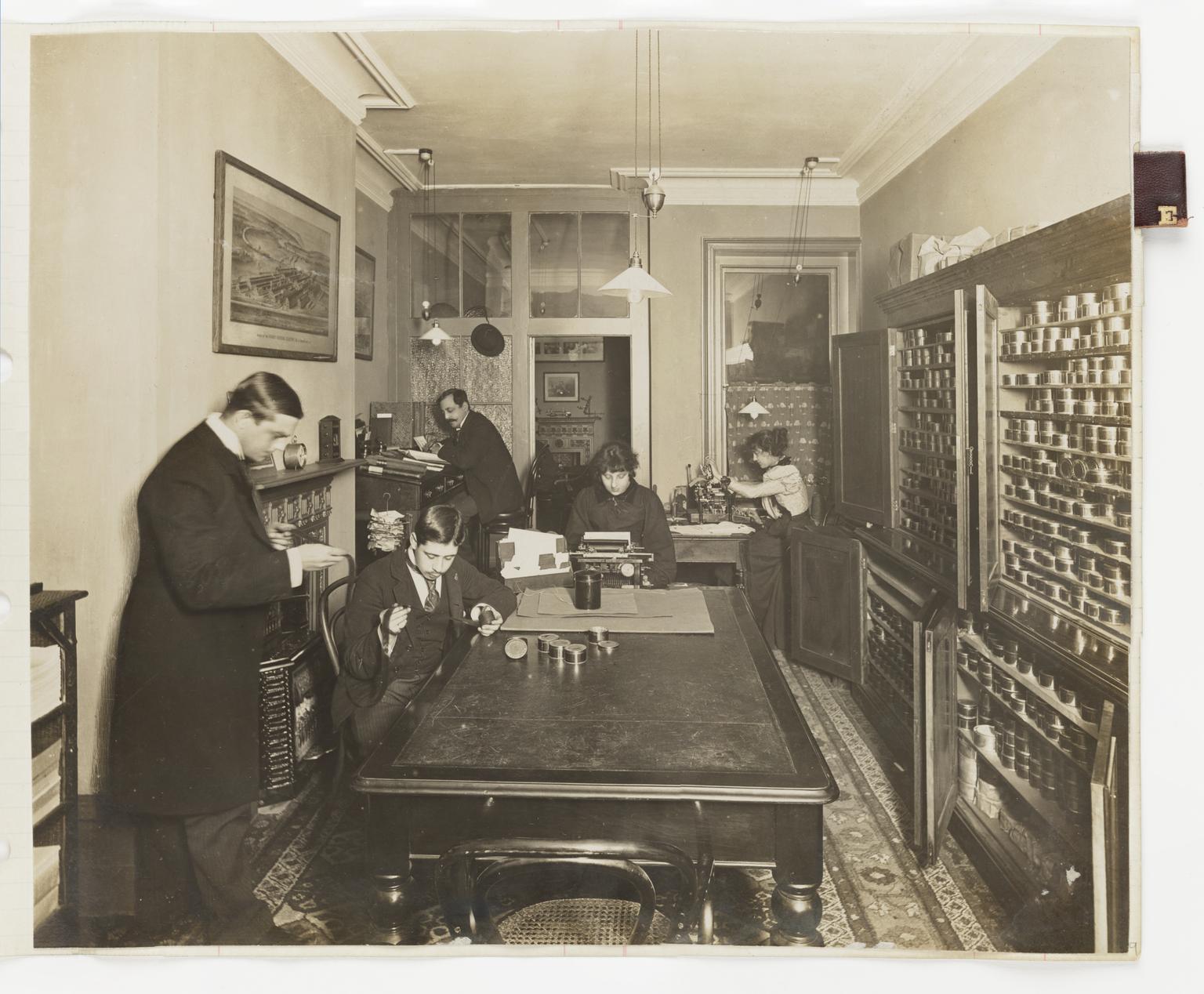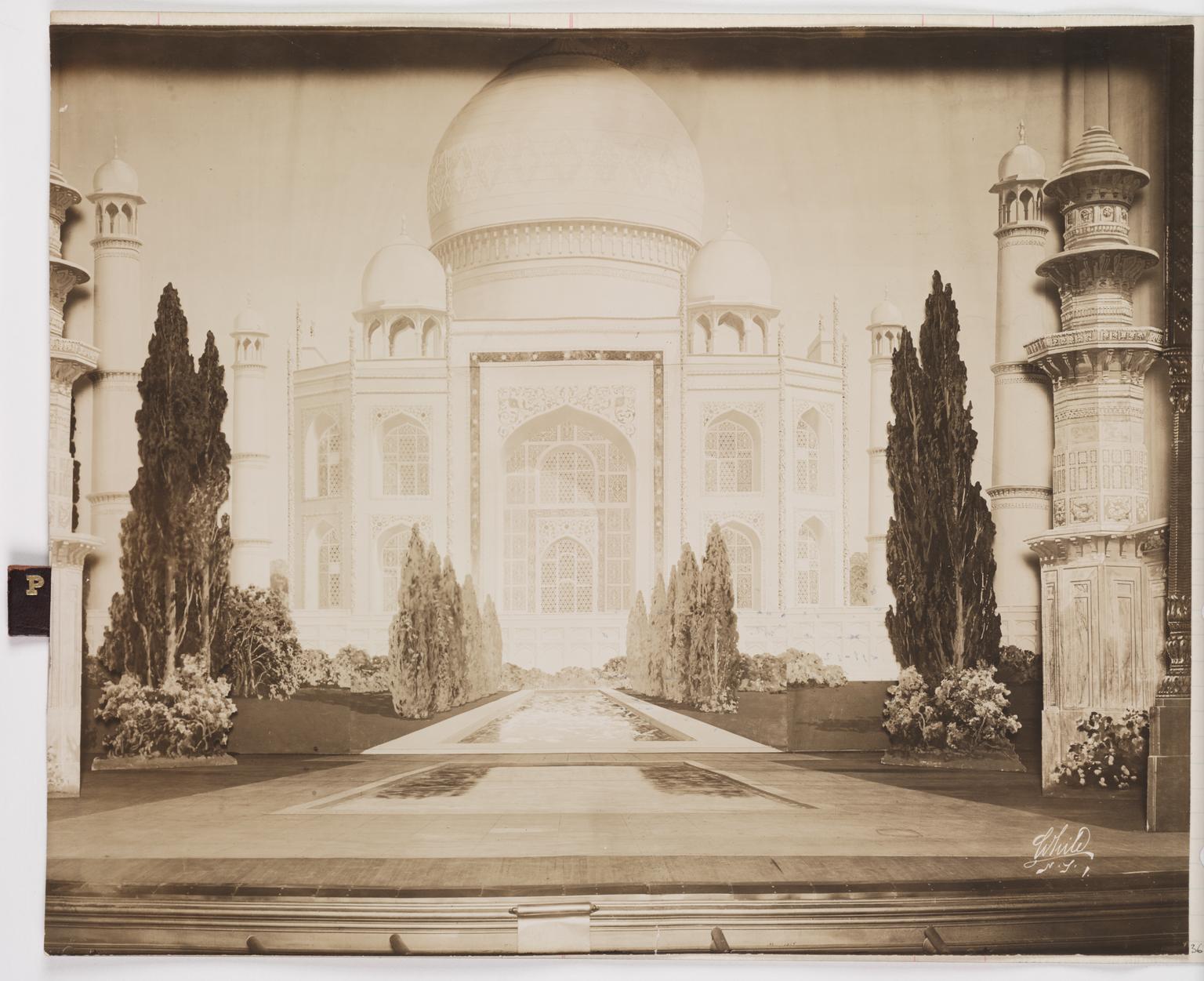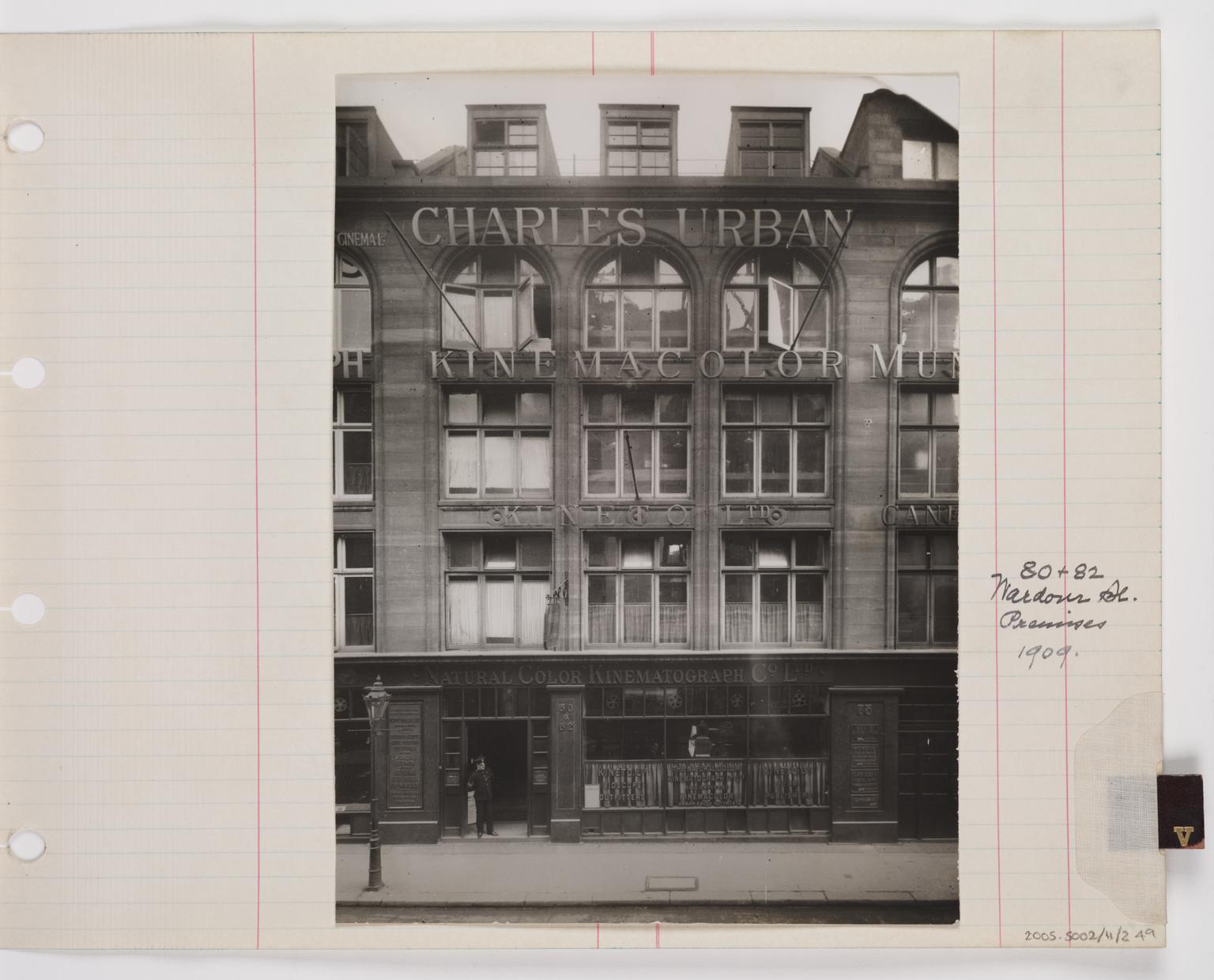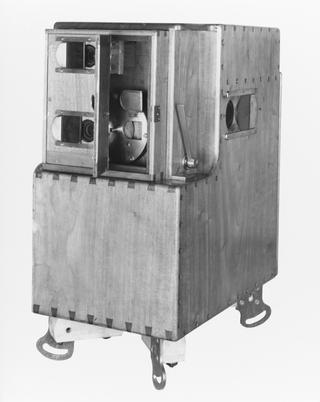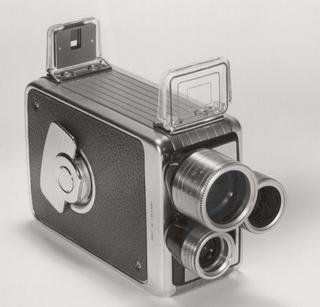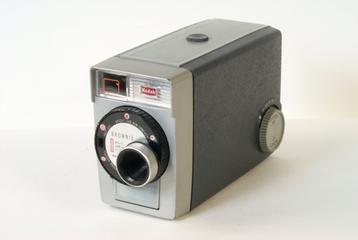Photograph album relating to Charles Urban Trading Company Ltd
Photograph Album featuring interior and exterior views of The Warwick Trading Company Ltd, Charles Urban Trading Company Ltd, The Urban Institute, The Kineto Company of America, Inc, Kinemacolor House, London, and the Theatre Edouard VII, Paris, House of Kinemacolor, [57p 100 illustrations] 1 booklet The Home of Kinematography/London: Charles Urban Trading Company Ltd. 28p illus.
- Measurements:
-
overall: 256 mm x 315 mm x 43 mm,
- Materials:
- paper (fibre product) , cardboard , metal (unknown) and ink
- Object Number:
- 2005-5002/11/2
- type:
- photograph albums
